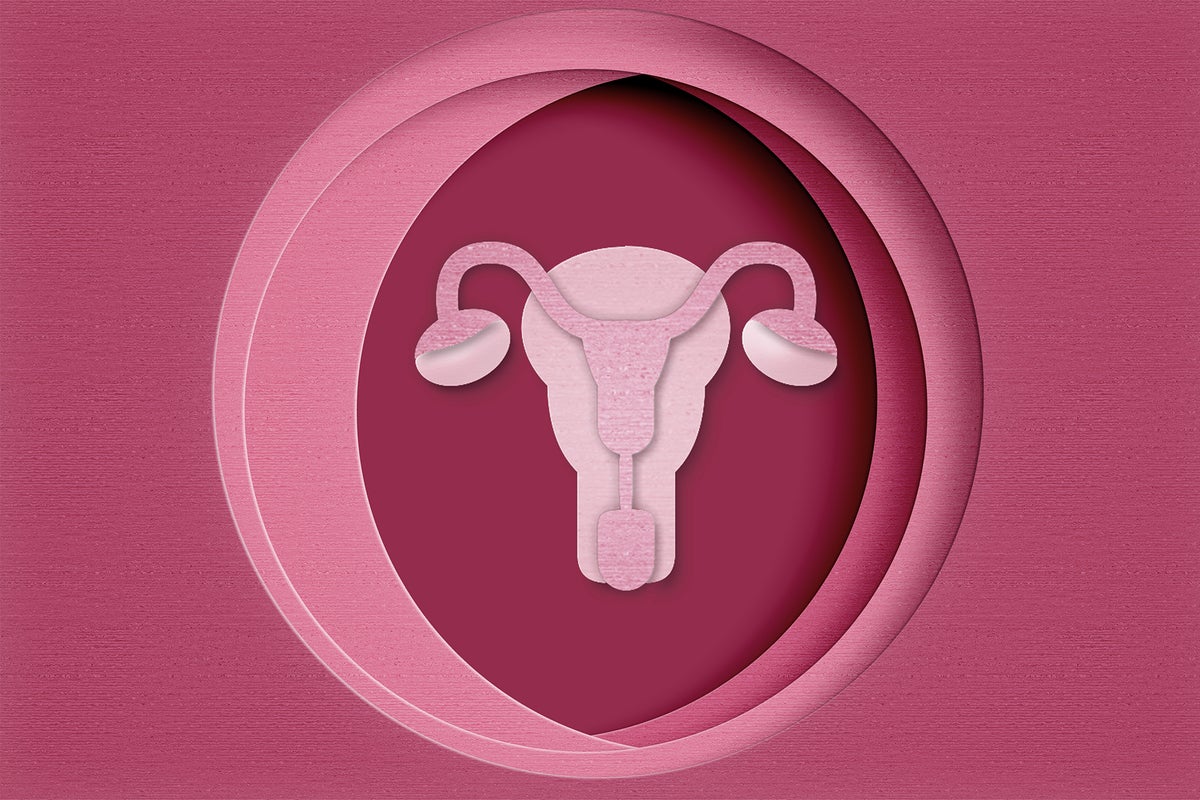For people who have serious uterine abnormalities—including a condition that causes the uterus to be absent at birth—or have had their uterus damaged or removed, the only options for having a child have long been limited to gestational surrogacy (which is illegal in many countries) or adoption. But recent advances have made it possible to transplant a uterus from a living or deceased donor—and for that uterus to carry a viable pregnancy.
Since the first successful human uterus transplant more than a decade ago, more than 100 have been performed worldwide, and about half have led to a live birth. The procedure is still experimental and carries risks for the donor and recipient, but it is increasingly offering hope of having biological children to people around the world.
Researchers say there is a long way to go before these transplants are available to everyone who might want one, however.
On supporting science journalism
If you’re enjoying this article, consider supporting our award-winning journalism by subscribing. By purchasing a subscription you are helping to ensure the future of impactful stories about the discoveries and ideas shaping our world today.
About one in 500 women of reproductive age have some form of uterus-related infertility, and about one in 4,000 to 5,000 people assigned female at birth are born without any uterus at all. Others are born with uterine abnormalities or suffer damage during childbirth or from uterine cancer. But many of these people still do have functional ovaries and eggs.
In 2003 researchers conducted successful uterus transplants in mice that resulted in live births. They then moved on to larger animals, including sheep, pigs and nonhuman primates.
The first human uterus transplant in modern history, performed in 2000 in Saudi Arabia with a living donor, was not successful. In 2011 surgeons in Türkiye transplanted a uterus from a deceased donor, but it did not result in a successful pregnancy or live birth until nine years later. From 2012 to 2013 a team at the University of Gothenburg in Sweden performed nine transplants with uteruses from living donors (most of them mothers or other relatives of the recipients). In 2014 the first child was born from one of these procedures; he recently turned 10 years old and is doing well.
“When we did a trial with nine people, I hoped that two or three would get babies. Now six became pregnant and delivered, altogether, nine babies,” says Mats Brännström, a professor of obstetrics and gynecology at the University of Gothenburg’s Sahlgrenska Academy, who led the early studies of uterus transplants in animals and the first human trial in Sweden. “So the success rate of the trial was a lot larger than I had expected.”
More such transplants have since been performed at clinical centers around the world. Researchers at Baylor University Medical Center in Texas recently published a study in JAMA that evaluated 20 patients who received uterus transplants. All were between the ages of 20 and 40, had uterine infertility and had at least one functioning ovary. Eighteen of the donors were living, and two were deceased; 17 of the living donors did not know the recipient but simply chose to donate their uterus, and all of the donors had been through prior pregnancies. Of the 20 people who received a transplant, 14 had a successful surgery and all 14 subsequently had a successful pregnancy and live birth.
“When we started [the Baylor research] in 2016—that’s when we did the first surgeries—we did struggle in the beginning,” says the JAMA study’s co-author Liza Johannesson, medical director of uterus transplant at Baylor University Medical Center.The first few transplant surgeries there failed within a week, says Johannesson (who was also part of the team in Sweden that did the first successful transplants in animals). “In the first 10 patients we [performed transplants on at Baylor], we had five failures, so a 50 percent success rate. And in the next set of 10, we actually had only had one failure. So that’s 90 percent, all of a sudden. So you can see that there’s a steep learning curve when you start up a program.”
The transplant process involves two surgeries: a hysterectomy to remove the uterus and blood vessels from the donor and a surgery to implant them in the recipient. In the latter, the donor blood vessels are connected to ones in the recipient. The recipient’s fallopian tubes are not connected to the uterus, however.
The recipient must undergo in vitro fertilization (IVF) to produce viable embryos. Several eggs are retrieved from the recipient’s ovaries, then fertilized outside the body with sperm from a partner or sperm donor and grown for a few days in a lab dish. Several months after the transplant, an embryo can be transferred to the recipient’s uterus. If a pregnancy results and continues to term, the baby is delivered via a cesarean section.
The transplant procedure is not without risk for either the recipient or a living donor. There are the usual surgical dangers such as infection, bleeding or blood clots. Recipients face additional risks from the immunosuppression medications they must take to prevent the immune system from rejecting the foreign organ; these drugs can make people more susceptible to infections or cancer and can cause kidney damage. Because of this long-term danger, the transplanted uterus is surgically removed after one or two pregnancies.
For the donor, it is a fairly major abdominal surgery. And while there have been no permanent complications, several donors have had damage to their bladder or ureter. Some transplant centers (such as the one in Sweden) have sought out donors who are relatives of the recipient, often the person’s mother, because relatives may have a higher risk tolerance for donating than strangers.
Deceased donors offer an alternative, but there are trade-offs. The recipient must wait until a donor with a matching blood or tissue type is available, and the surgery must then be conducted immediately, so it cannot be scheduled in advance. Additionally, organs from deceased donors may have suffered damage when blood flow was cut off by the person’s death, and transplants involving them may have a slightly lower success rate than organs from living donors.
There is no evidence that the transplant surgery or medications have affected developing fetuses, and the children born from transplanted uteruses have not been shown to have any health problems related to the transplant so far, though longer follow-up studies are needed.
Uterus transplants offer more than just hope for a pregnancy. Many people want to physically experience pregnancy and menstruation, says Dani Ejzenberg, medical supervisor of the human reproduction unit at the Clinical Hospital of the University of São Paulo, who led the uterus transplant in a deceased donor that led to the first live birth.
“I really wanted to be a mother,” says one of Ejzenberg’s patients, who had a successful transplant and live birth. (The person asked to remain anonymous for privacy reasons, and their quotes have been translated from Portuguese to English.) The person said they had no complications and were satisfied with the surgery. Asked if there was anything they wanted people to know about the process, they said: “It is a possible dream, and the entire process [felt] safe because [the surgical team members were] wonderful professionals.”
Unfortunately, uterus transplants—like many other types of transplants—are extremely costly and remain out of financial reach for many people. “The biggest goal here is to make this as accessible as we can to many women out there because now it’s still a very selected population that that has access to this surgery,” Johannesson says. “I want every woman who comes in—for example, the teenage girl comes to a gynecologist, and they see that she’s born without a uterus—I want her to have that option, if she wants to go down that route, that this is available to her. And it’s not, at the moment.”
Although uterus transplants are still in a somewhat experimental phase, they could potentially benefit a wider range of people in the future. It is not impossible, experts say, that such a transplant could be done successfully in a transgender woman, although more research is needed to establish whether this is safe and feasible. (A trans woman received the first known uterus transplant in 1931 but she died from complications three months later.) It remains unclear whether a pregnancy might be adversely affected if a person with a uterus transplant has testes, which could cause fetal exposure to testosterone, or has narrower hips than people who are assigned female at birth typically have. Nevertheless, Ejzenberg says, “I believe that it’s completely possible.”



























































